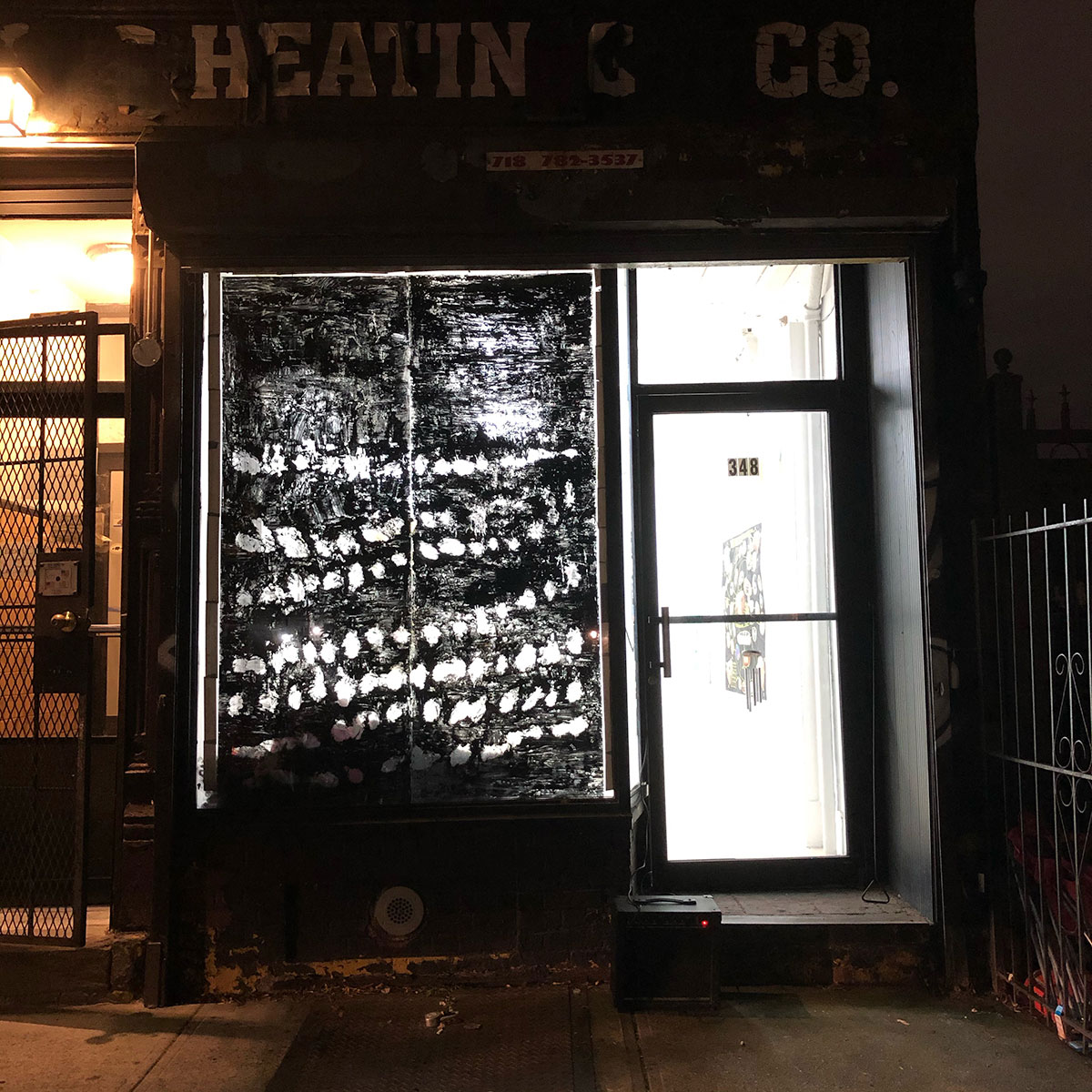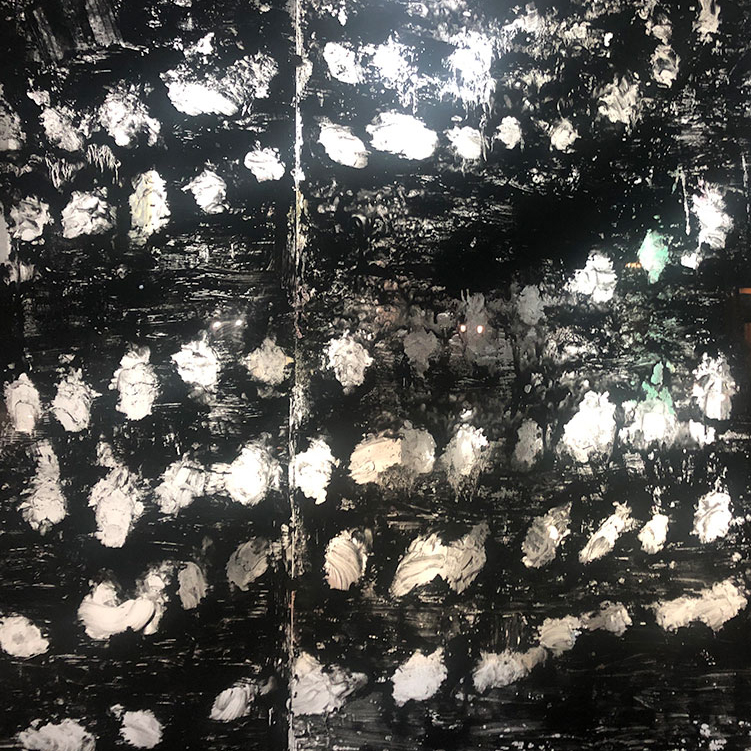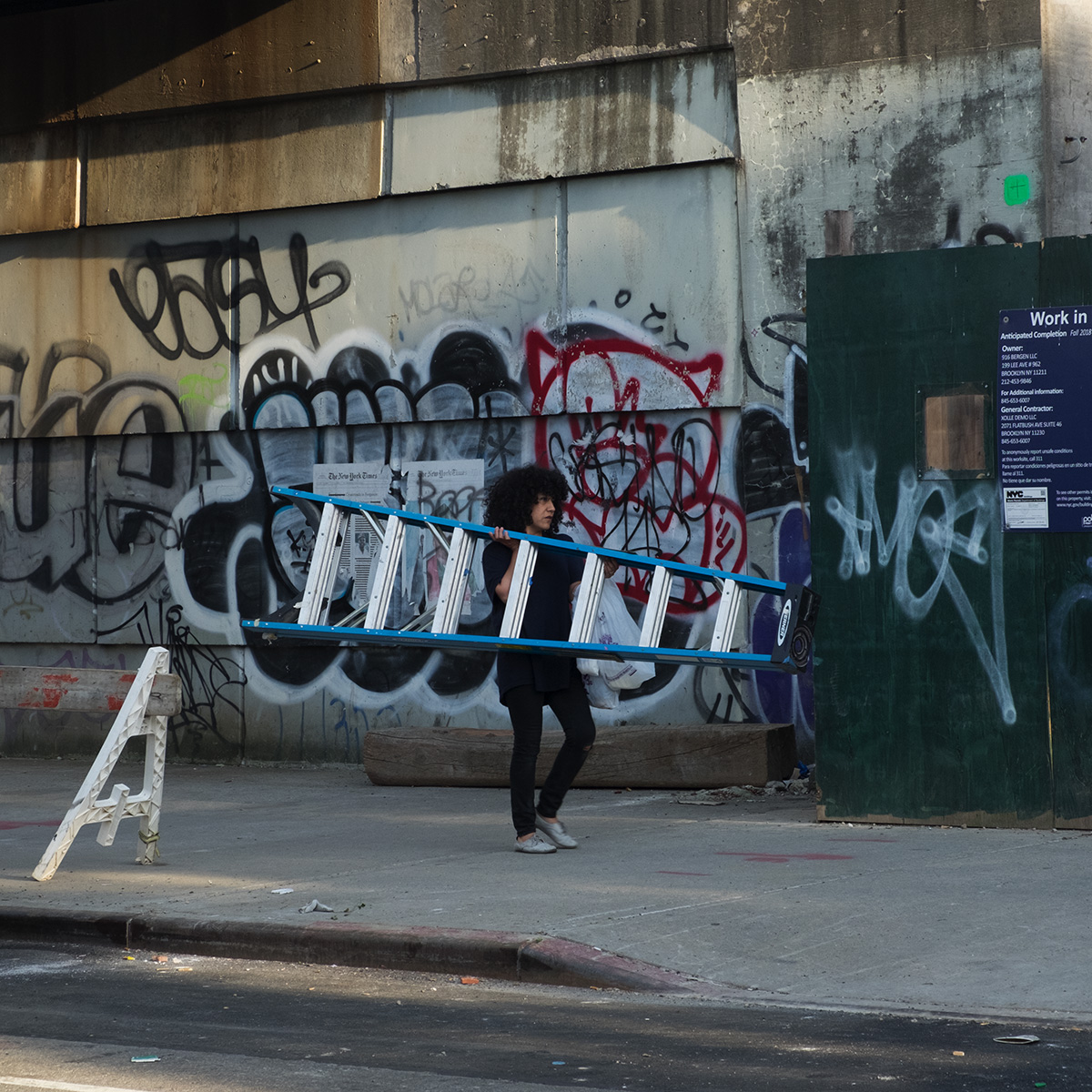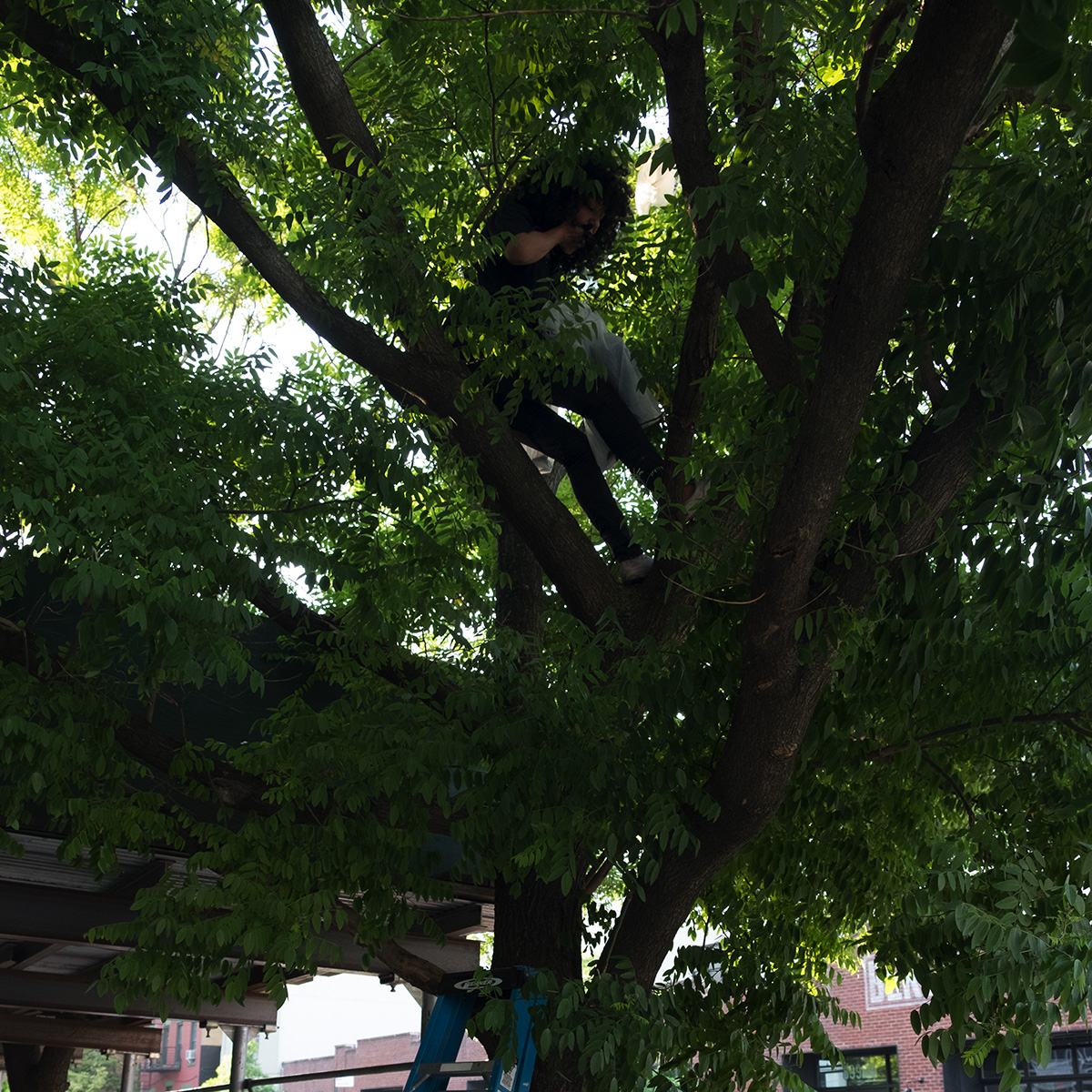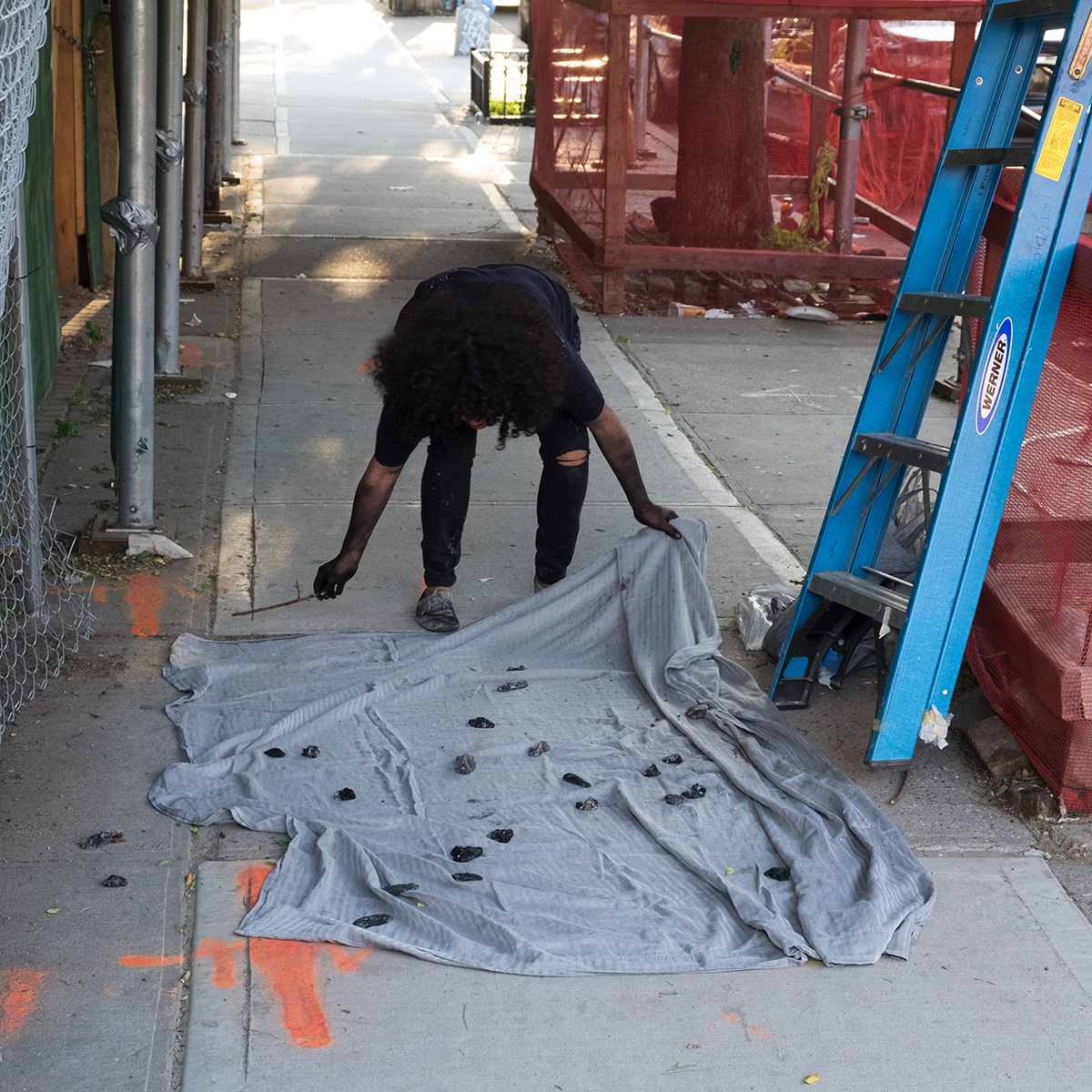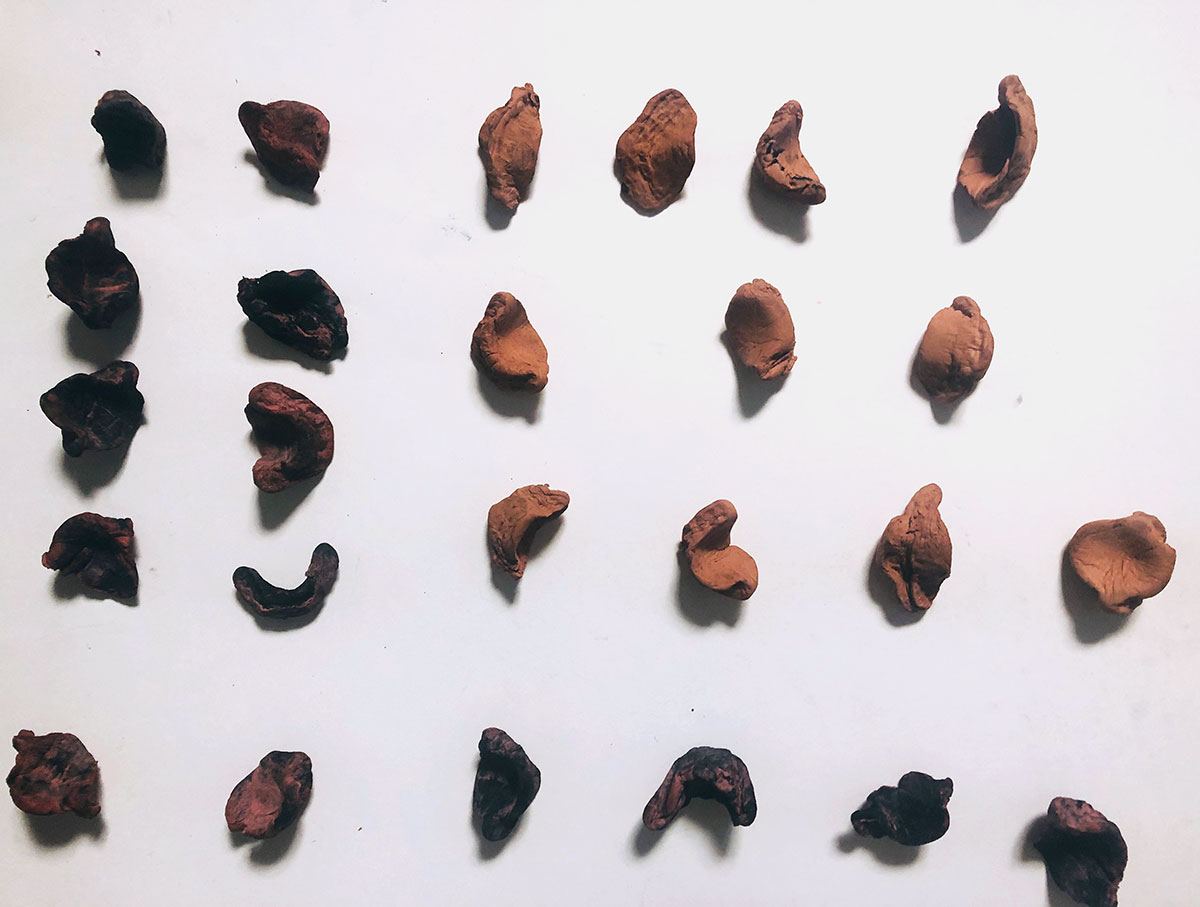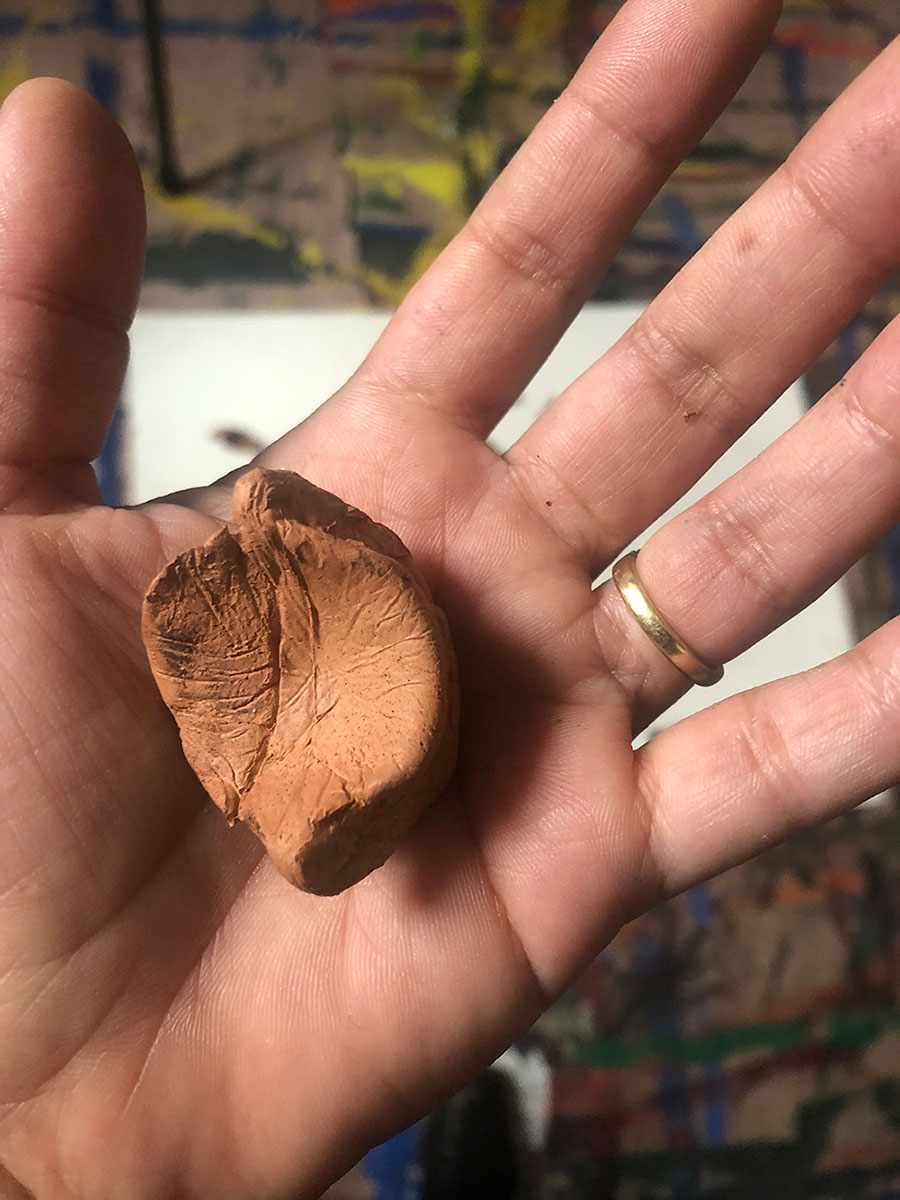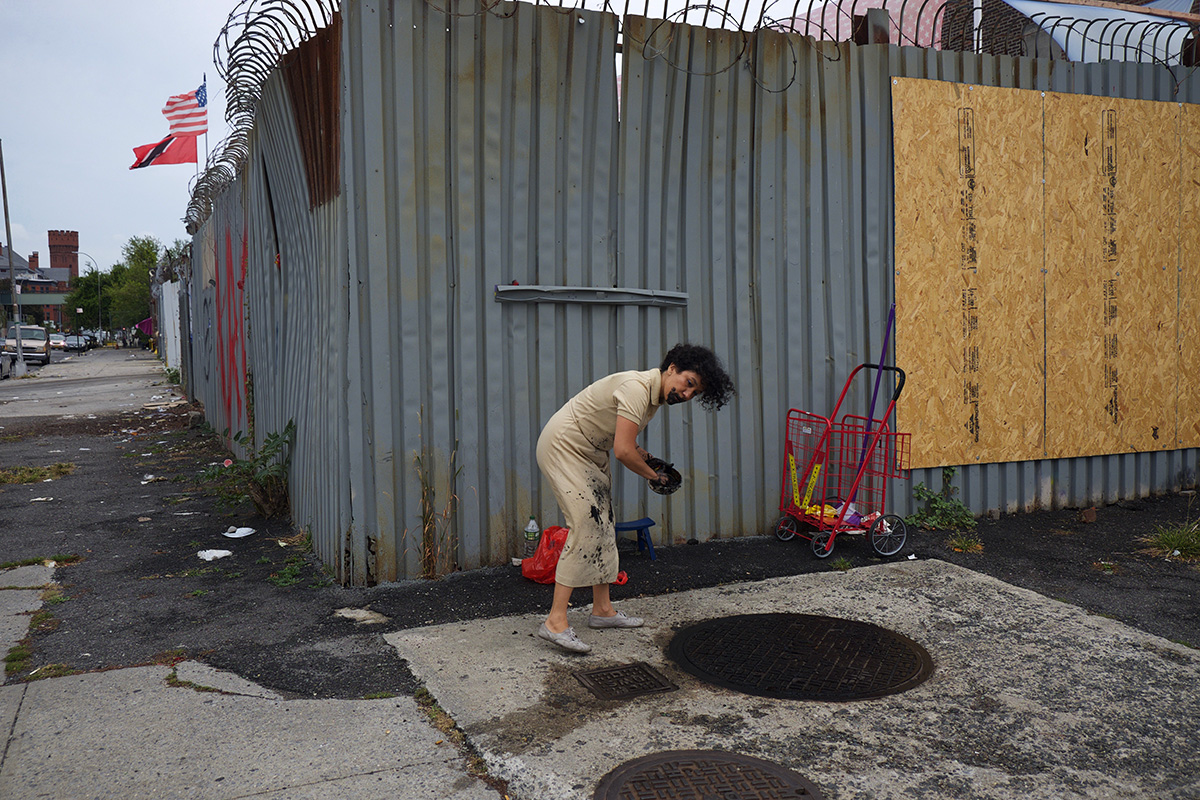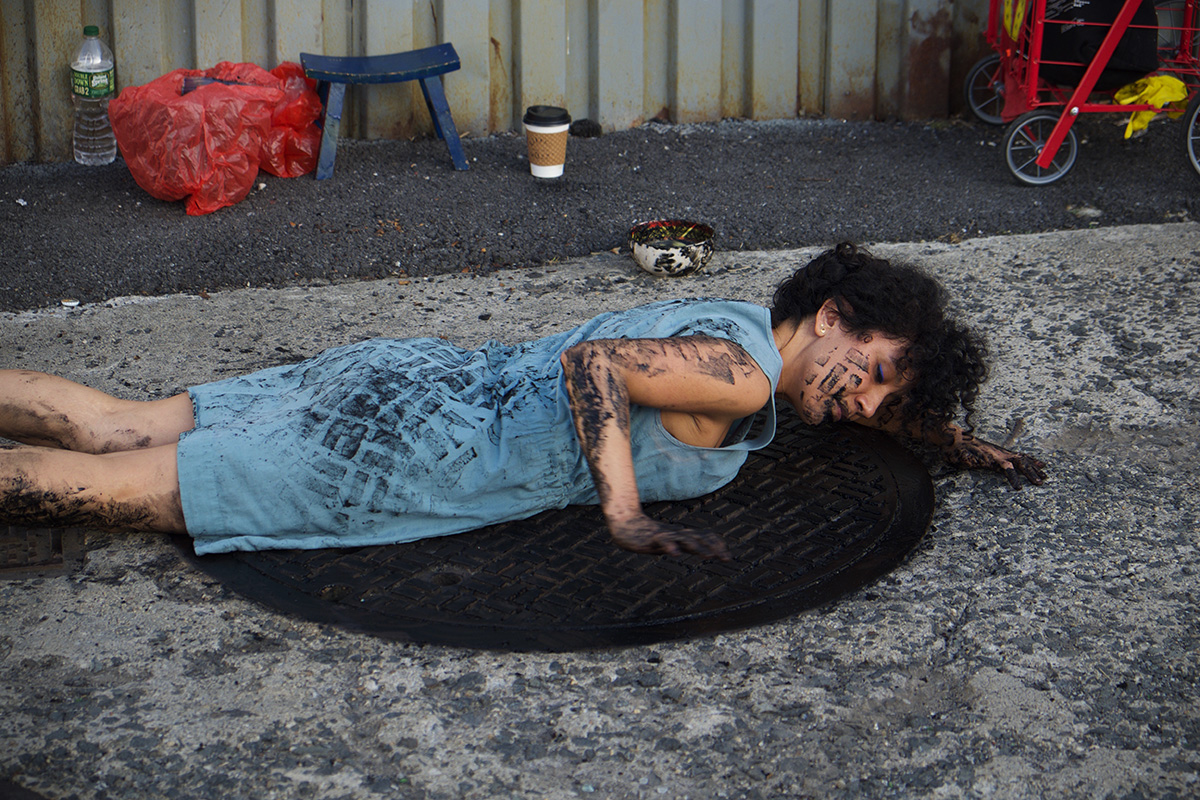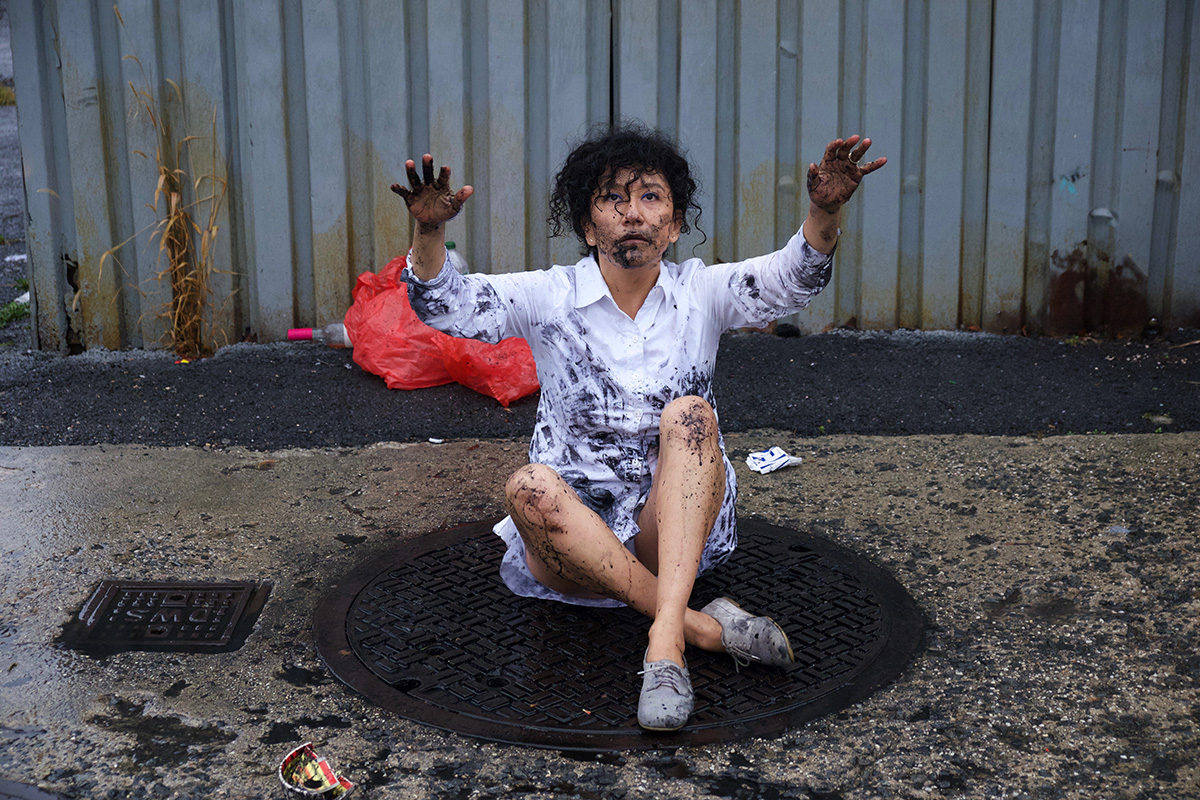|
 |
|
|
 |
|
|
 |
|
|
 |
|
|
 |
|
|
 |
|
|
Subway Indentations�
2023-ongoing
A year ago, I noticed the indentations on the subway metal panels, particularly on the trains I regularly take. I’ve been documenting using my cellphone camera and posting these “passerby” encounters on Instagram Stories. How did those indentations happen, and who made them? I also notice that in the me-mirror, I was carrying those wounds during my commute |
|
|
 |
|
|
 |
|
|
 |
|
|
 |
|
|
Cae mi voz (My voice is falling)�
Performance with hand-dyed cochineal rope, pulley, objects, chair, microphone and PA system�2024 (at Performance Space)�
An active drawing that involves ropes and levers that constrain and outline my movement around an area |
|
|
 |
|
|
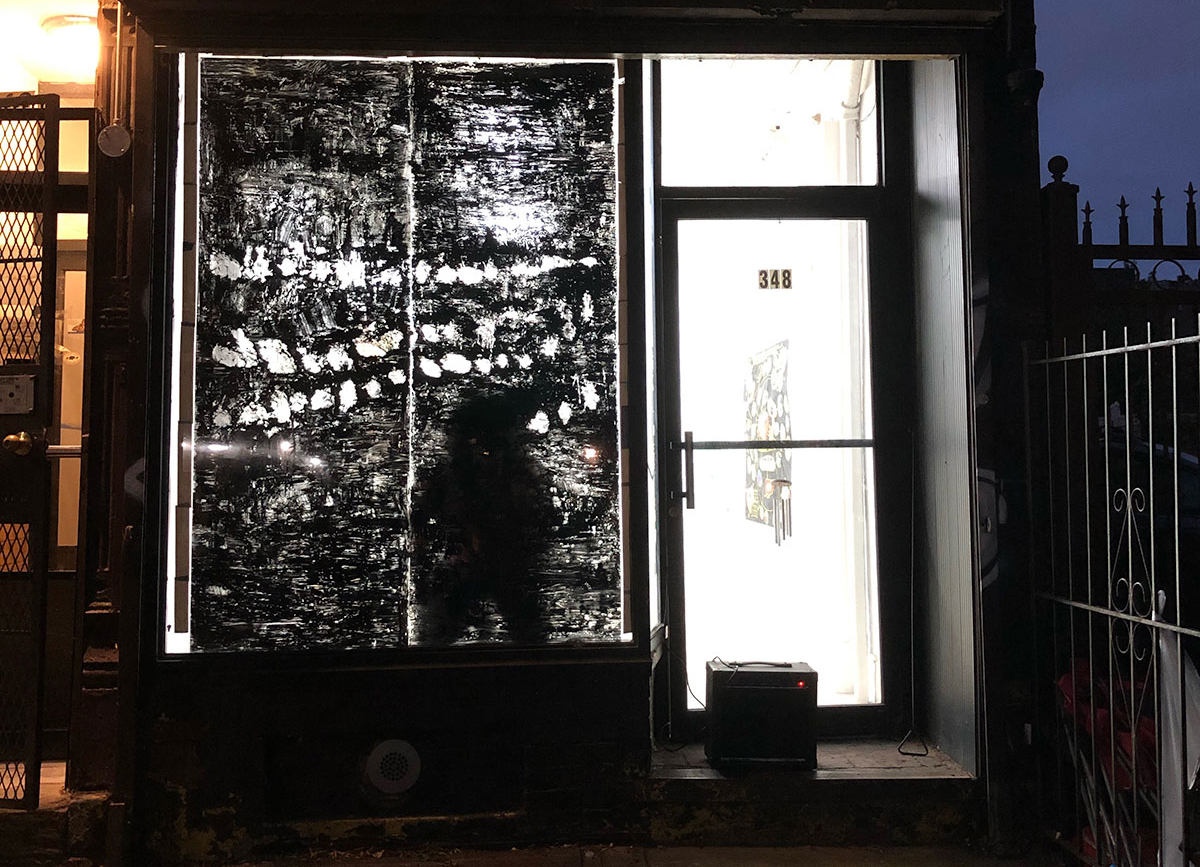 |
|
|
Before I Started Using My Mouth
performance with activated charcoal, honey, aloe, microphone, Soloway Gallery, Brooklyn, NY, 2020
|
|
|
 |
|
| |
|
|
| |
 |
|
| |
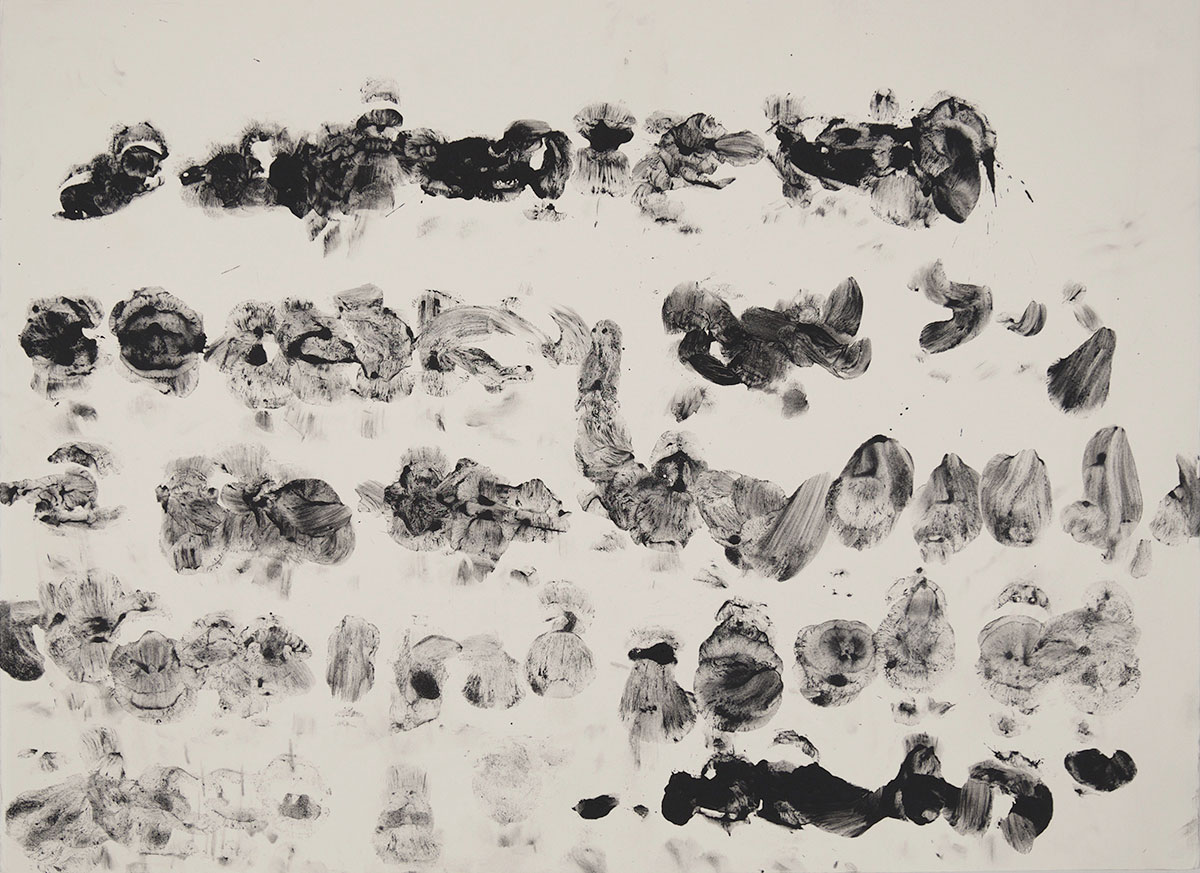 |
|
| |
Mother tongue (I)
activated charcoal and saliva on paper, 30 x 22 inches, 2018 |
|
| |
 |
|
| |
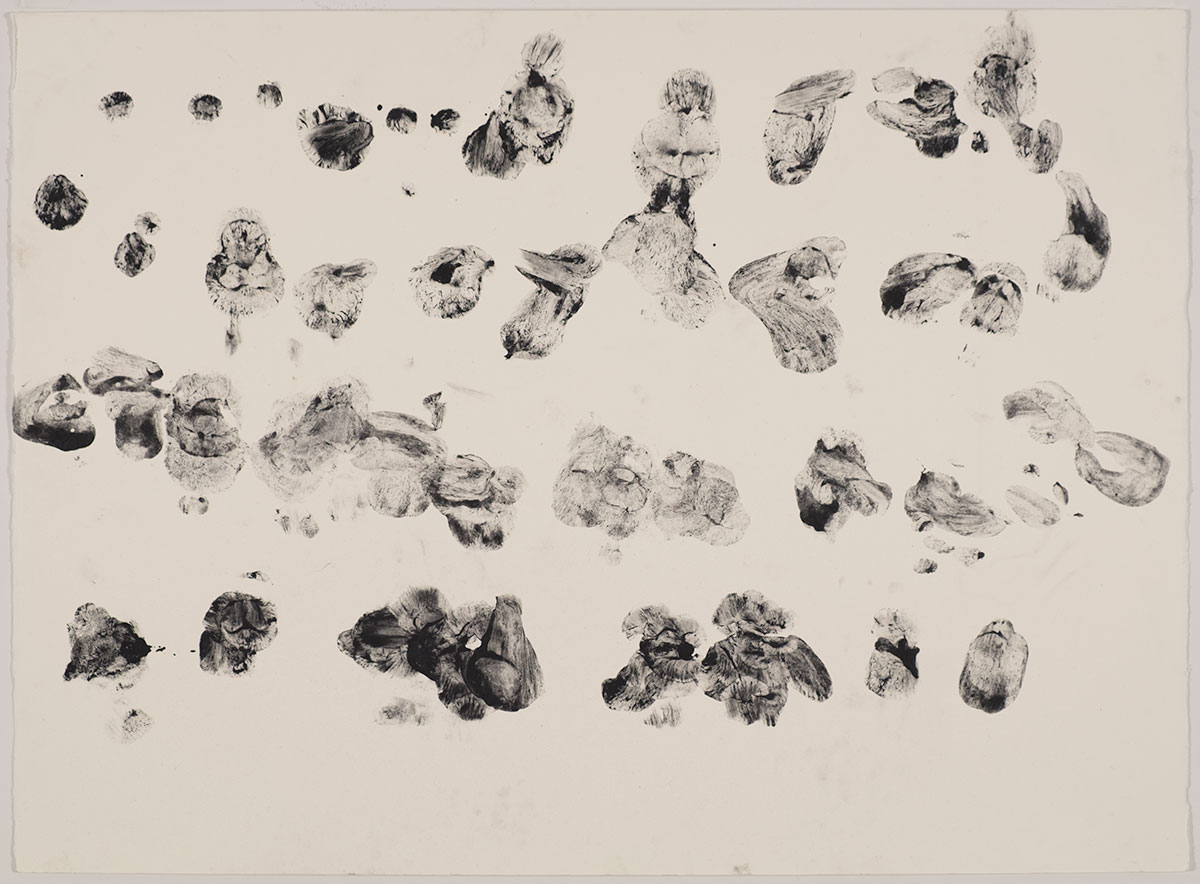 |
|
| |
Mother tongue (II)
activated charcoal and saliva on paper, 30 x 22 inches, 2018 |
|
| |
 |
|
| |
|
|
| |
The Beating of the Fruit Trees
performance with activated charcoal and homemade molding paste, 2018, Brooklyn, NY, 2018
|
|
| |
I want to occupy places that my body never occupied before and do so in forgotten but forbidden places such as the manhole covers or urban trees. I want to control my visibility and from a bird’s angle to look around. Down there (abajo) on the sidewalk or up there (arriba) in the tree branches I establish a home base, a location, a place were making happens in the public eye.
Arriba, I use the mouth as a maker and as a cursing and blessing tool. With the mouth, I mix ingredients like burnt tortillas and activated charcoal. This childlike oral fixation helps me to leave my substance in the objects or surfaces while the surfaces also leave a trace of themselves in me or in the dough. Particles of moss, bark, and filth are encased in these oval-shaped molds, or what I call fruits. Fruits from a fruitless tree that I let drop as if they were pieces of words and sentences eager to be fully enunciated.
Inside of my plastic bags there is a dough made out of corn starch, glue, vinagre and vegetable oil. In the 80’s my mom used to make kitchy flower arrangements for catholic celebrations. Also inside of the bag there is activated charcoal (made out of hardwood trees like hickory and birch) used for cleansing and detoxing from indigestion to drug overdose! And then there is saliva in the mix, a kind of binder for the charcoal and the dough. The ashes of those unknown trees are going back to this urban tree.
|
|
|
|
| |
 |
|
| |
|
|
| |
Carmen's Prayer
clay and activated charcoal, 2018
|
|
| |
 |
|
| |
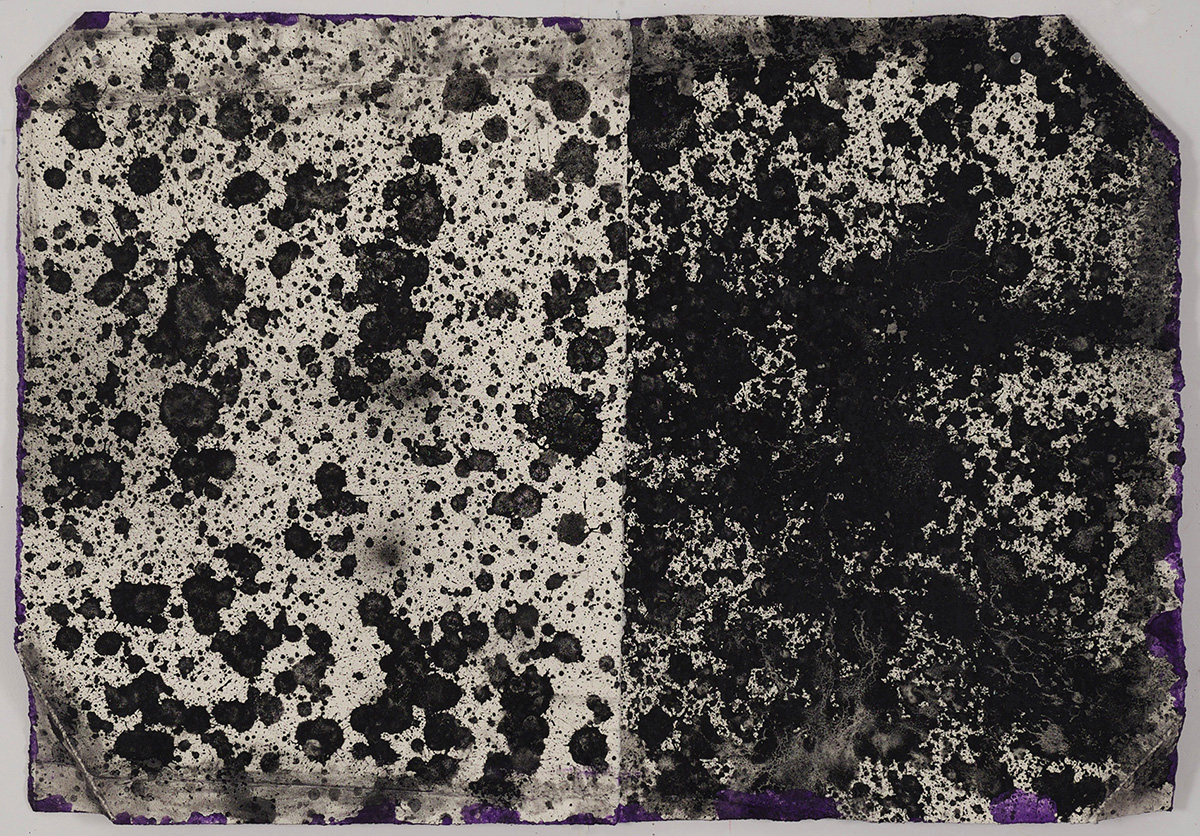 |
|
| |
Lotófagos
activated charcoal, saliva, and casein on paper, 42 x 30 inches, 2018 |
|
| |
 |
|
| |
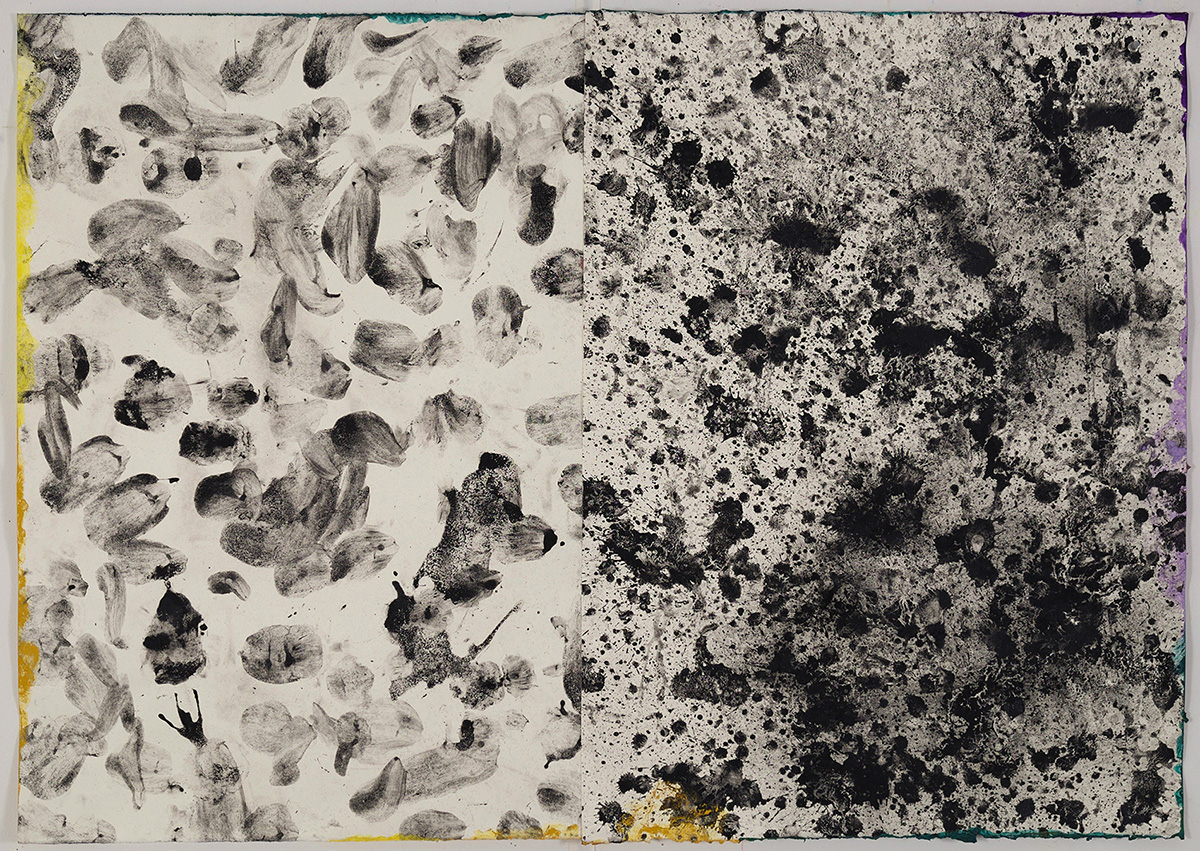 |
|
| |
Lótofagos 2
activated charcoal, saliva, and casein on paper, 58 x 40 inches, 2018 |
|
| |
 |
|
| |
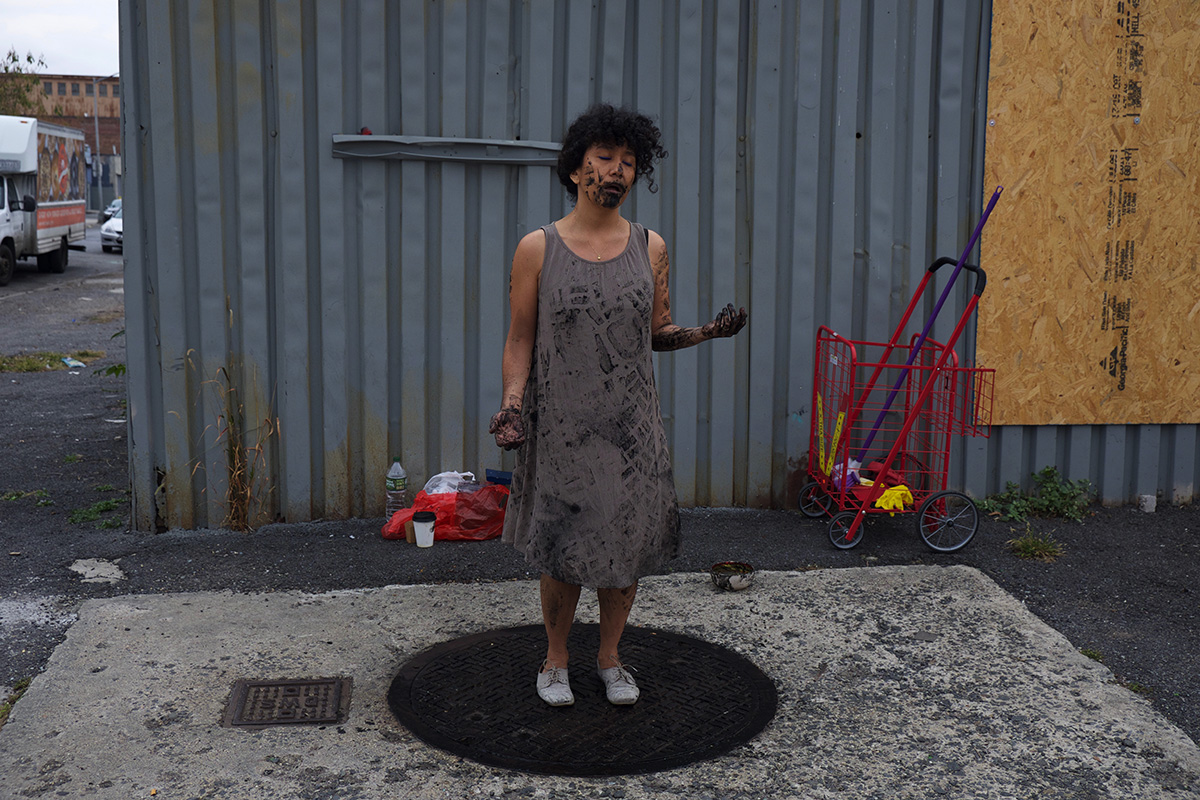 |
|
| |
Chac-mool
Ten performances with activated charcoal, coffee, and saliva, Brooklyn, NY, 2017
|
|
| |
My interest in these manhole covers started when one day during my commute I noticed the uncanny similarities with the circular geometric pattern of the Aztec calendar. Both round objects, one is an iconic Mexican symbol that I've seen reproduced multiple times since my childhood, one a slab of industrial iron that covers the urban infraworld. I wanted to claim symbolic ownership of a manhole cover as a corner of urban space. I was driven by a desire to be visible. I had observed the discipline of street vendors, and noticed that their practice requires repetition and a sense of duty. I resolved to present ten performances on the corner, one every Sunday at 5PM on the same corner. This arrangement also resonated with a Julio Cortázar story I've always liked, “End of the Game,” in which every afternoon at the same time three sisters position themselves along the train tracks, and as the train passes, one takes the pose of a classical greek statue.
In Mexico there exists a curanderismo practice where a shaman spits hard liquor to the patient in order to heal them from spiritual or physical misalignments. Spitting to show anger or disdain is, of course, a universal act. For the performance I made my own “ink” by chewing and spitting a formula of burnt tortillas (which have been used in Mexico for dental hygiene), coffee from the place around the corner I always get my coffee, and activated charcoal. For each performance, after arriving with my cart of materials, I sat on a stool and prepared my ink until I got the right consistency. Then I inked the manhole and rolled on it from various angles, printing the pattern on my dress and body. Finally, I positioned myself in the center and took the pose of a Pre-Columbian sculpture (a different posture each time). I gathered my materials into the cart and left, preserving the dress as a documentation of each performance.
|
|
|
|
| |
 |
|
|
 |
|
| |
|
|
| |
|
|
| |
 |
|










